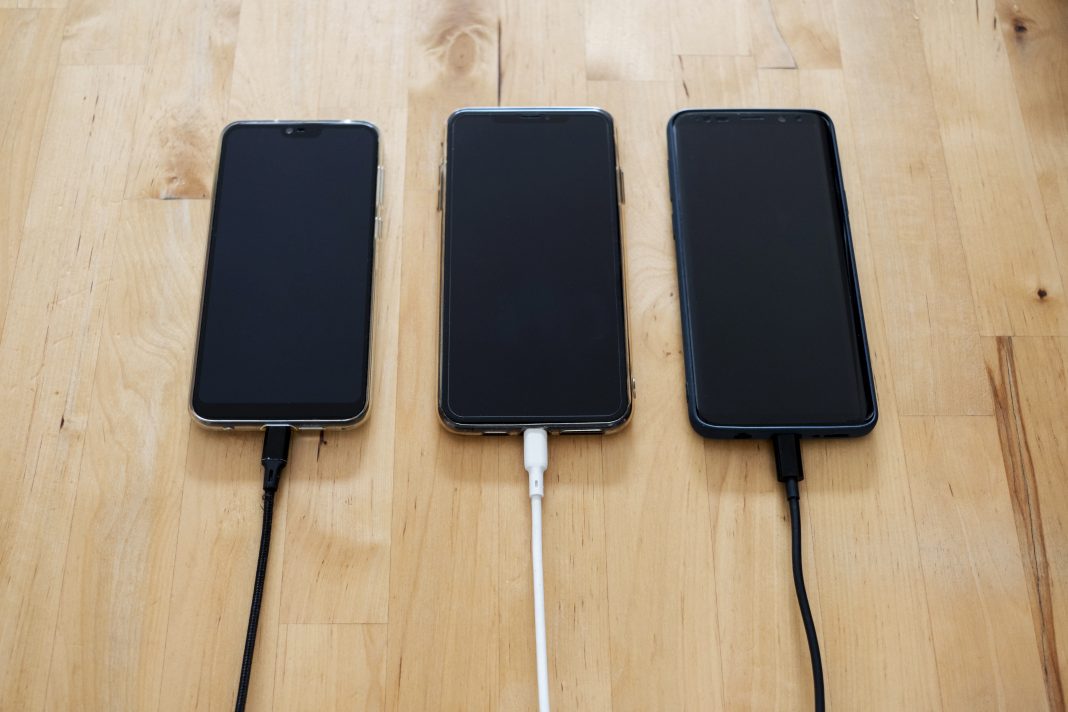Consumers have been recently warned by the FBI not to use free public charging stations when they charge their cell phones as fraudsters can hack public chargers and can infect devices with malware thus giving hackers access to phones, tablets, or computers.
In a Twitter message, it says to
“Juice Jacking,” at Charging Stations
The FBI offers similar guidance on its website. Similarly, the Federal Communications Commission also warned about “juice jacking,” at charging stations as the malware loading scheme is known, since 2021.
Consumer devices with compromised USB cables can be hijacked through software that can then siphon off usernames and passwords, the FCC warned at the time. The commission told consumers to avoid those public stations.
Malwares
Juice jacking is a new cyber-theft tactic of loading onto public USB charging stations to maliciously access electronic devices while they are being charged. Malware installed through a dirty USB port can lock a device or export personal data and passwords directly to the perpetrator. Criminals can use that information to access online accounts or sell it to other bad actors.
To avoid becoming a victim of “juice jacking,” carry your own charger and USB cord and use an electrical outlet instead of a USB charging station, or bring with you a portable charger or external battery. Another way is to get a charging-only cable from a trusted supplier to prevent data from being sent or received while charging.
Finally, everyone is warned not to conduct any sensitive transactions, including purchases, while on public networks, the FBI recommends.
Read More News
Rural America massively BOYCOTTING Bud Light for promoting transgenderism with $1 BILLION Loss
Photo above is from Pexels

